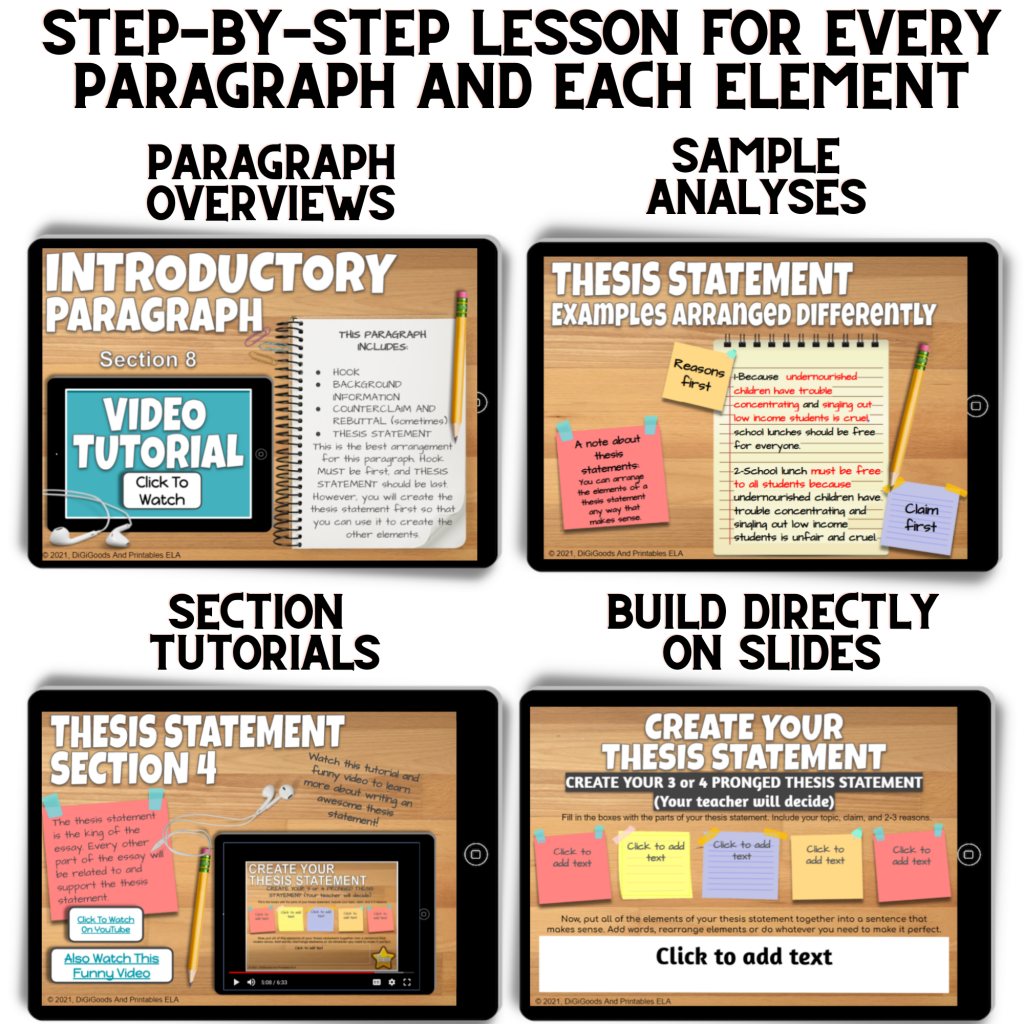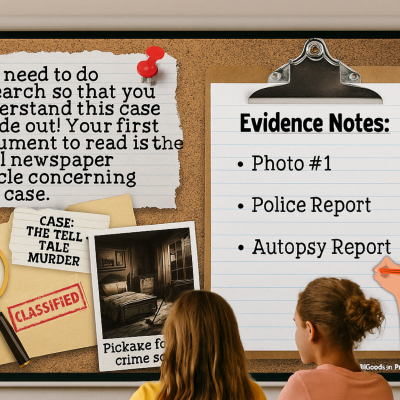
1- Don’t take yourself too seriously. FOR REAL!

When I had just finished college and got my first teaching assignment I was feeling smart and proud of myself (first generation in my family to go to college). I was overly pedantic and used big words. I felt it was my duty to correct their speech. I was one of those CAN-you-go-to-the-bathroom!? kind of teachers. Aghhh. What a mistake. No wonder they didn’t like me. Eventually, I gained confidence in myself and loosened up. I had a hard realization after some soul-searching. I had been using my students to feel good about myself. OUCH! Once I could clearly see what I was doing, I let go of the need to take myself seriously and became more relatable and likeable to my students. I could laugh at myself and freely admit mistakes. It was so relieving to me and to my students!
2- Have a good sense of humor!

Middle school students are famously hilarious. They have a sense of humor that can rival professional comedians. If you are willing to “cut up” with them a bit, they will adore you and will be more receptive to your instruction. However, I must warn you. They have a hard time turning it off and can totally derail your classroom if boundaries are not firmly in place. It’s a fine line and only you can determine your boundaries. For me, I let my humor come out in small doses. The shock value is glorious!
3- Adopt a process approach to writing, rather than a grade and return approach.

Grading essays and written responses will be the most daunting and frustrating part of your job. If you take the typical route: assign writing task, give meaningful feedback and a grade, return for revisions then grade again, you will lose your mind. You will likely discover that the feedback you spent hours on will be mostly ignored. Digging back into the same stack of essays that nearly drove you crazy the first time around can send you to the ledge . And worst of all, despite your efforts, your students will have gained very little.
DO THIS INSTEAD: Assign writing workshops through Google Classroom or any other LMS where you can pop in and work directly on their slides along with them. You can highlight sentences and either watch as they figure out how to fix them, or make notes that they can use real time. Your silent support allows them to be free of embarrassment because their peers won’t even know what you are helping them. Most importantly, this strategy prevents your feedback from being ignored and forgotten! My students feel supported and scaffolded and know that we are molding and shaping their writing together. I have found this process to be incredibly rewarding as I get to see them making improvements in real time.
A variation of this method would be to simply use paper and pencil while working through the process together. It’s not as efficient as using technology, but far better than grade-and-return!
4- Make sure they know you care about them.

This might seem obvious, but not everyone is great at conveying their feelings. (Me. I’m not good at conveying my feelings.) My first few years were frustrating. I cared for my kiddos so much and couldn’t understand why they misbehaved for me, but were well-mannered angels for other teachers. It turns out, you have to actually tell them you care about them. Like, with actual words. Crazy, I know.
This might be a little too “feely” for some, but I began prefacing my admonishments with words of endearment, and it made ALL the difference. My favorite thing to say was, “Now, you know I love you to pieces, but what you are doing is not ok.” (or some variation of this sentiment) I discovered that I could say anything to them and they would listen, as long I as preempted it with love. This single move improved my relationships immensely and helped to create a friendly, loving culture in my classroom. So, never assume that they know you care about them. Tell them!
5- Err in favor of the student.

Teaching middle school comes with constant decision-making, unprecedented situations, and misunderstandings. You will be lied to and hurt by students who are trying to find their way in this world. It is important to not take these things personally, nor let them turn you bitter and incredulous. If you are put in a position where a wrong has been committed and no proof exists, try your best to err on the side of the student. Even if you are wrong, they will remember your grace.
Create a culture of trust by giving trust. Think of Les Miserables when the Bishop asked Val Jean to use the silver candlestick he had stolen to become an honest man. This act of undeserved trust and kindness imprinted on Val Jean and became the basis for his path of integrity and goodness. As teachers, we have the power to affect change and redirect people’s course. Use it!
Below are some resources to help you organize your year and track and plan standards. Also, I’ve been working all summer to create a GRAB-N-GO-GOOGLE CLASSROOM. This is my scope, sequence, lesson plans, and CCSS digital resources all wrapped up and ready to paste to your own Google Classroom! I’m even sharing my weekly stream announcements.









Leave a Reply